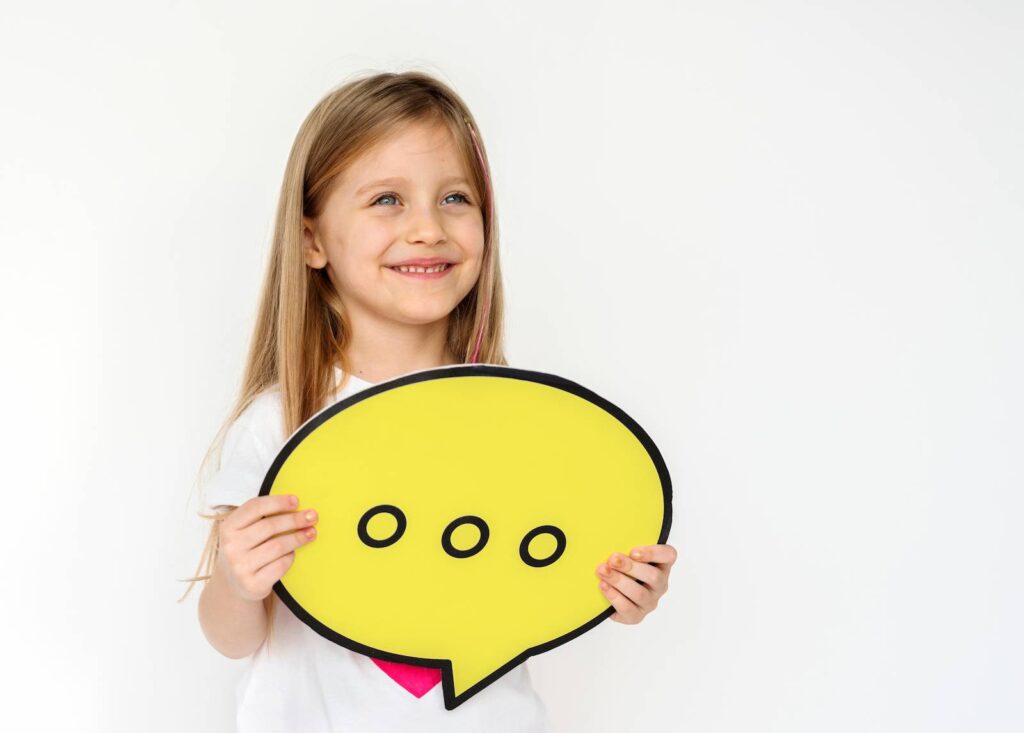Do you think tongue twisters were invented to help kids with pronunciation?
Actually, tongue twisters were a part of Russian folklore long before they were used in speech therapy.
In ancient Rus’, tongue twisters were often funny rhymes performed by jesters, not learning tools. Traveling performers (called skomorokhi) would amuse crowds by challenging people to repeat fast, tricky rhymes. Most couldn’t do it — and that’s what made everyone laugh!
Here are a few examples of old Russian tongue twisters:
“From under Kostroma came four little men; they talked of trade and buying, of grain and grindings.”
“My duck, my drake, don’t fly across the river, don’t peck the sand, don’t dull your beak!”
“Senka’s sledding — dragging grandma on a sled: sled goes bump, Senka gets a bump!”

How Did Tongue Twisters Become a Learning Tool? The first published collection of tongue twisters for children appeared in 1862, thanks to the famous linguist Vladimir Dal.
Today, tongue twisters are still a fun activity, but they’ve also become a powerful speech development tool.
They help kids improve:
- Pronunciation of tricky sounds (like “R”, or syllables like “shi” and “zhi”)
- Articulation and clarity of speech
- Memory and cognitive skills related to language
They’re especially useful for bilingual children who want to sound clear and natural in both English and Russian.
Ages 3–5
“The little mouse crawled under the lid
To nibble a crumb that the lid hid.
But the mouse forgot the cat —
And that was the end of that!”
“Catching a clever magpie’s a bother,
But catching forty magpies? Forty bothers!”
Ages 6–9
“A quail sang beyond the trees.
A grouse sang among the trees.
The quail quailed, the grouse groused —
And each out-sang the other.”
“Sasha sewed a hat for Sashka.
Sashka hit a bump with the hat.”
Ages 10–14
“Is Tolya Kolya’s buddy?
Or is Kolya Tolya’s friend?
If Kolya’s Tolya’s buddy —
Then Tolya’s Kolya’s friend!”
“A tongue-twister twisted and turned:
You can’t overtwist all the tongue twisters —
Or can you?
Well, he twisted and twisted
Till he twisted every single one!”
There’s one tongue twister that even adults struggle to master: the epic poem “Liguria.” It starts with:
“On Thursday, the fourth of the month…”
…and it just gets harder from there! But once you can recite “Liguria” clearly, no sound will ever trip you up again.

It’s not about speed — it’s about clarity. When learning tongue twisters:
- Focus on saying each word correctly
- Go slowly at first
- Whisper the lines if they’re too hard — speed will come with time
And don’t forget: English tongue twisters are just as helpful!
You can also check out article here for more on how bilingual kids develop pronunciation.
If the child has a hard time with cursive words, let him start saying them very slowly and in a whisper. Gradually he will definitely get better at it.
For more effective articulation development, we have collected some useful exercises in the in this article.
At Palme School, we use tongue twisters and a variety of other fun, evidence-based methods to help your child grow confidently in both languages.
And the result? Our students stay connected to their roots, speak clearly, and enjoy learning.
Want to see how it works? Sign up for a free trial lesson by filling out the short form below!






